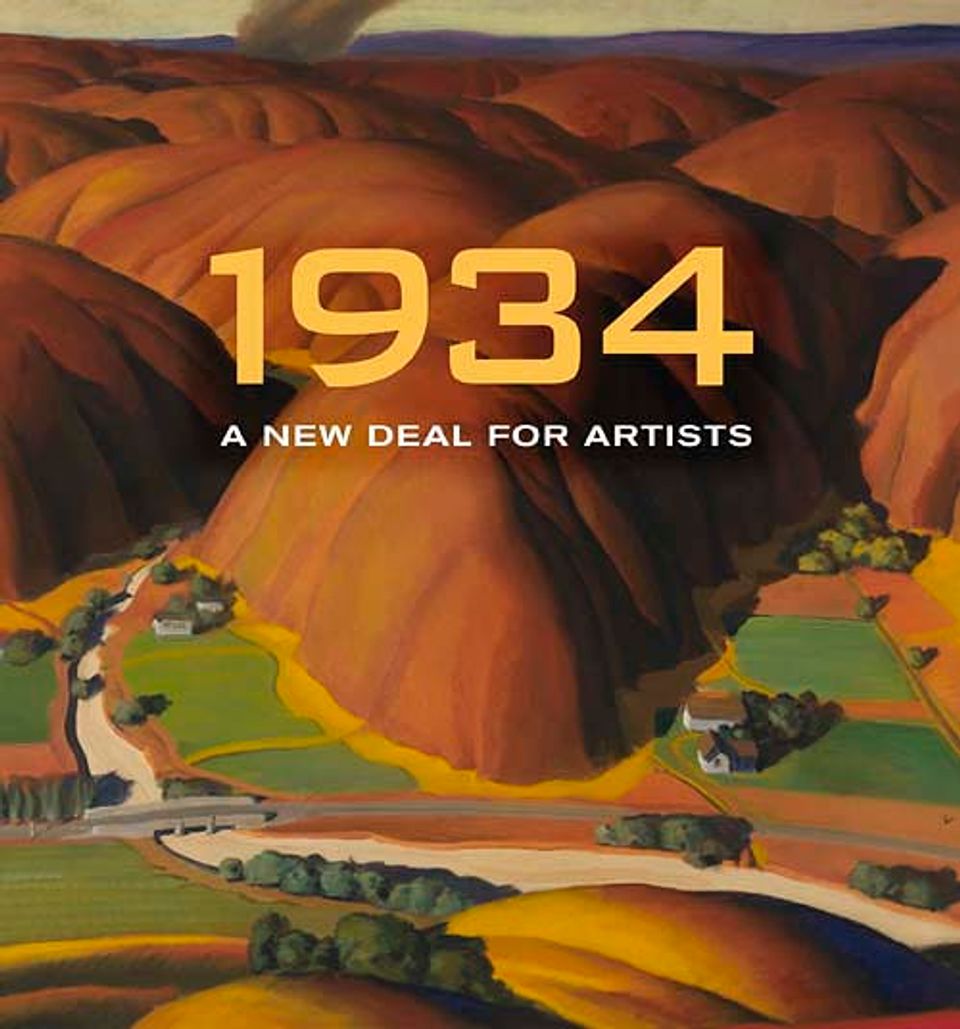Artwork Details
- Title
- Tenement Flats
- Artist
- Date
- 1933-1934
- Location
- Dimensions
- 40 1⁄4 x 50 1⁄4 in. (102.1 x 127.6 cm.)
- Credit Line
- Transfer from the U.S. Department of the Interior, National Park Service
- Mediums
- Mediums Description
- oil on canvas
- Classifications
- Subjects
- Architecture Exterior — domestic — apartment
- New Deal — Public Works of Art Project — California
- Figure group — female and child
- Animal — cat
- Occupation — domestic — laundry
- Recreation — leisure — conversation
- Object Number
- 1965.18.48
Artwork Description
Sheets, like many artist members of regional committees, proudly gave his painting as a gift to his country. The shabbily dressed women in Tenement Flats would be startled to discover that this painting would hang in the elegant surroundings of the White House. PWAP paintings like this one were displayed in reception areas to show President Roosevelt’s commitment to art and to ordinary Americans across the country.
1934: A New Deal for Artists exhibition label
In Tenement Flats, Millard Sheets showed the urban poor of his native California, structuring the painting to suggest that working Americans provided the foundation for the lives enjoyed by the rich. The large houses looming on the hills above the tenements are reminders of the gulf between the classes during the 1930s. Sheets's sympathies are clear. He set up a poignant contrast between the silent, dark mansions and the sociable neighborhood of the tenements, where housewives sustain family and community against all odds. High on the hill above, a lone figure---perhaps a housekeeper---makes her way up the path toward a grand house. Sheets had a strong social conscience and in the 1930s served on the executive committee of the local Public Works of Art Project, the first New Deal art project providing work for artists during the Great Depression.














